Introduction
Tinplate is a widely used material in the metal packaging industry due to its unique properties, such as hardness, ductility and strength. This material consists of thin steel coated with a layer of tin, which provides additional protection against external agents. In this article, we will describe in detail the tinplate manufacturing process.
Tinplate manufacturing process
- Steel production: The base steel used in the manufacture of tinplate is of the low carbon type, with a carbon content between 0.03% and 0.13%. This steel is produced in sheets between 5 and 20 meters long, with a width of slightly more than one meter and a thickness of 20 cm.
- Hot rolling: Steel plates undergo a hot rolling process to reduce their thickness and improve their mechanical properties.
- Pickling: After hot rolling, steel plates undergo a pickling process to remove the oxide layer that forms on the surface during hot rolling.
- Cold rolling: The steel sheets are then subjected to a second cold rolling process, resulting in a coil with a 90% reduction of the thickness of the initial coil.
- Annealing: During annealing, tinplate is subjected to high temperatures, which allows it to achieve its fundamental characteristics of hardness and elasticity. There are two annealing methods: bell annealing and continuous annealing.
- Tempering: This process consists of giving a light pass to the sheet strip in a rolling mill called TEMPER, where the tinplate finishes acquiring its hardness and elasticity characteristics. The material undergoes an elongation and reduction in thickness of 1.5% in the case of the single material and 3.5% in the case of the reduced double material.
- Alloying with tin: Tinplate is coated with a layer of tin by two methods: by immersion or by electrolysis. In both cases, the tin adheres to the surface of the steel, providing a protective layer.
- Passivation: To improve corrosion resistance and facilitate the application of varnishes or paints, tinplate undergoes a passivation process. This involves the formation of a very thin layer of tin oxide on the surface.
- Oiling: Finally, the tinplate is coated with a thin layer of oil to protect it during storage and transport.
Conclusion
Tinplate manufacturing is a complex process involving several stages, from steel production to tin plating and passivation. Thanks to these stages, tinplate acquires unique properties that make it an ideal material for the metal packaging industry.

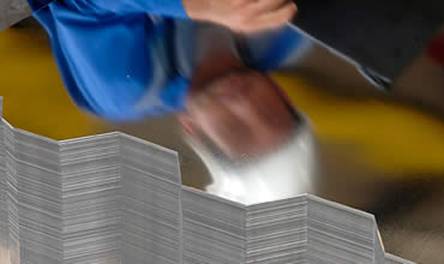
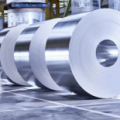
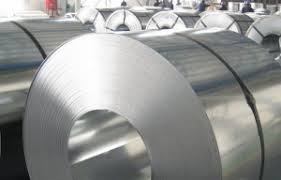
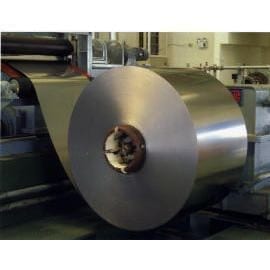

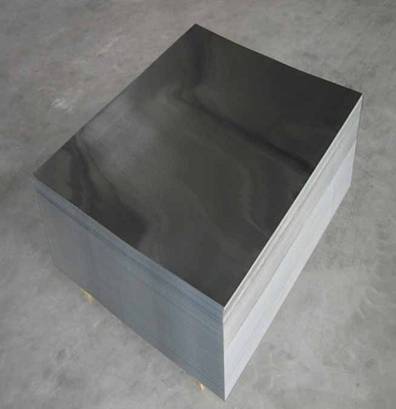
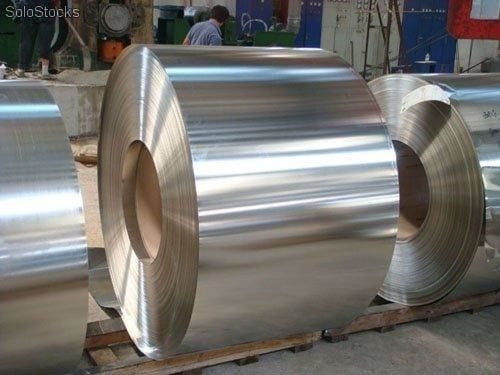




0 Comments